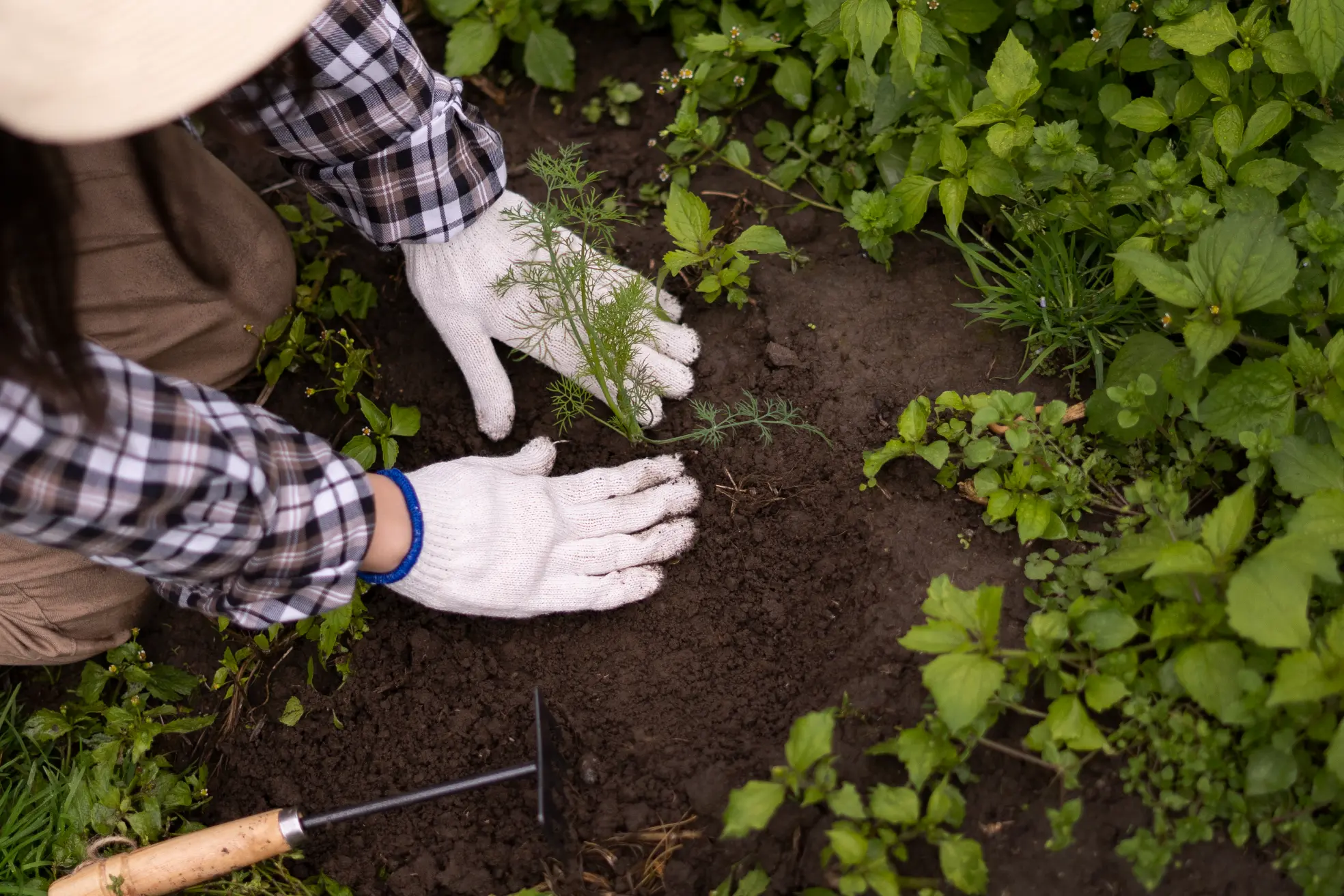Beautiful Plants For Your Interior

Gardening is a deeply satisfying activity that connects you with nature while offering the chance to grow your own food or beautiful plants. Whether you’re cultivating vegetables, herbs, or flowers, a successful garden requires attention to detail, patience, and a little bit of know-how. In this article, we’ll cover the top gardening tips, from preparing your soil to harvesting your crops, to help you achieve a thriving garden that brings joy and produce all season long.
1. Start with Healthy Soil
Soil is the foundation of a successful garden. It supplies nutrients, anchors roots, and holds moisture for your plants. The quality of your soil will greatly impact plant health and growth.
Tip: Test your soil to check for pH levels, nutrients, and texture. A soil test can help you understand whether your soil is acidic or alkaline, and whether it’s lacking key nutrients like nitrogen, phosphorus, or potassium.
Improvement Tip: If your soil is clay-heavy and retains too much water, mix in organic matter like compost, aged manure, or sand to improve drainage. For sandy soil, add organic matter to increase moisture retention.
2. Choose the Right Plants for Your Region
Planting the right crops for your region ensures they will thrive. Every plant has specific needs regarding climate, sunlight, and water. Selecting varieties suited to your growing zone is crucial for success.
Tip: Research your hardiness zone (based on your location’s climate) to understand what plants will grow best. For example, in colder climates, opt for hardy vegetables like carrots, lettuce, and kale, while in warmer regions, tomatoes and peppers thrive.
Sunlight Considerations: Ensure your plants receive adequate sunlight. Some plants, like tomatoes and peppers, need full sun (6+ hours of direct sunlight daily), while others, like lettuce or spinach, thrive in partial shade.
3. Water Properly for Healthy Growth
Watering is one of the most important aspects of plant care, but it’s often misunderstood. Too little water stresses plants, while overwatering can drown the roots and cause diseases. Consistent and deep watering encourages plants to establish strong root systems.
Tip: Water your garden early in the morning to minimize evaporation and allow plants to dry out before nightfall. Avoid watering in the heat of midday, as water can evaporate before your plants can absorb it.
Deep Watering Tip: Water deeply but infrequently. This encourages roots to grow deep into the soil, making your plants more drought-tolerant and stronger overall.
4. Use Mulch to Conserve Moisture and Suppress Weeds
Mulching around your plants helps to retain moisture, suppress weeds, and regulate soil temperature, which is essential for healthy plant growth.
Tip: Apply a 2–3-inch layer of organic mulch like wood chips, straw, or shredded leaves around your plants. This will help keep the soil cool in the summer and warm in the winter, while also providing nutrients as it decomposes.
Weed Control: Mulch also acts as a natural barrier to weeds. It reduces their growth by blocking sunlight and providing a physical barrier, which saves you time on weeding.
5. Feed Your Plants with the Right Fertilizer
Plants need nutrients to grow, and over time, the soil can become depleted of essential elements. Fertilizing your garden with the right nutrients ensures that your plants remain healthy and productive.
Tip: Use organic fertilizers, such as compost or fish emulsion, which release nutrients slowly, giving your plants a steady supply of food. If you prefer synthetic fertilizers, choose one that’s specifically formulated for your plant type.
Fertilizing Tip: Always follow the recommended application rate. Over-fertilizing can lead to nutrient imbalances and burn your plants, while under-fertilizing can result in poor growth.
6. Prune Regularly for Better Growth
Pruning helps to remove dead or diseased parts of your plants, encourages new growth, and improves air circulation, which reduces the risk of fungal diseases.
Tip: Prune your plants regularly to maintain their shape and health. For flowering plants, deadheading (removing spent flowers) encourages more blooms. For vegetables, remove any excess growth to direct energy toward fruit production.
When to Prune: For many plants, early spring or late winter is the best time to prune before new growth begins. However, prune any dead or diseased growth as soon as you spot it throughout the growing season.
7. Attract Pollinators to Your Garden
Pollinators like bees, butterflies, and birds are essential for fertilizing many fruits, vegetables, and flowers. Without them, many plants would struggle to reproduce.
Tip: Plant a variety of flowers and herbs that attract pollinators, such as lavender, sunflowers, and marigolds. Choose native plants that are specifically suited to your region to provide the best habitat for these helpful creatures.
Bird-Friendly Tip: Install birdhouses or feeders to attract birds, which can also help with pest control while pollinating your plants.
8. Keep an Eye Out for Pests and Diseases
Pests and diseases are a common challenge in gardening, but they can be managed with the right strategies. Many pests can be controlled naturally, without the need for harsh chemicals.
Tip: Regularly inspect your plants for signs of pests like aphids, caterpillars, or spider mites. Early detection is key to preventing widespread damage. Remove pests by hand if possible, or use natural remedies such as neem oil or insecticidal soap.
Companion Planting Tip: Some plants repel pests naturally. For example, planting garlic near roses can deter aphids, while basil can protect tomatoes from harmful insects.
9. Harvest at the Right Time
Harvesting your crops at the right time is crucial for the best flavor and yield. Harvesting too early or too late can affect the taste and quality of your produce.
Tip: Research the optimal harvest time for each crop. For example, tomatoes should be picked when they are fully ripe and have changed color, while herbs like basil can be harvested once they’ve grown enough leaves but before they flower.
Harvesting Tip: For leafy vegetables like lettuce or spinach, pick the outer leaves first, leaving the center to continue growing.
10. Rotate Crops to Maintain Soil Health
Crop rotation is an important practice that helps to maintain healthy soil and reduces the risk of disease. By rotating what you grow in a particular spot each season, you allow the soil to replenish itself and minimize nutrient depletion.
Tip: Plan your garden so that you rotate crops each year. For example, don’t plant tomatoes in the same spot year after year, as they can deplete the soil of the same nutrients and attract pests that affect them.
